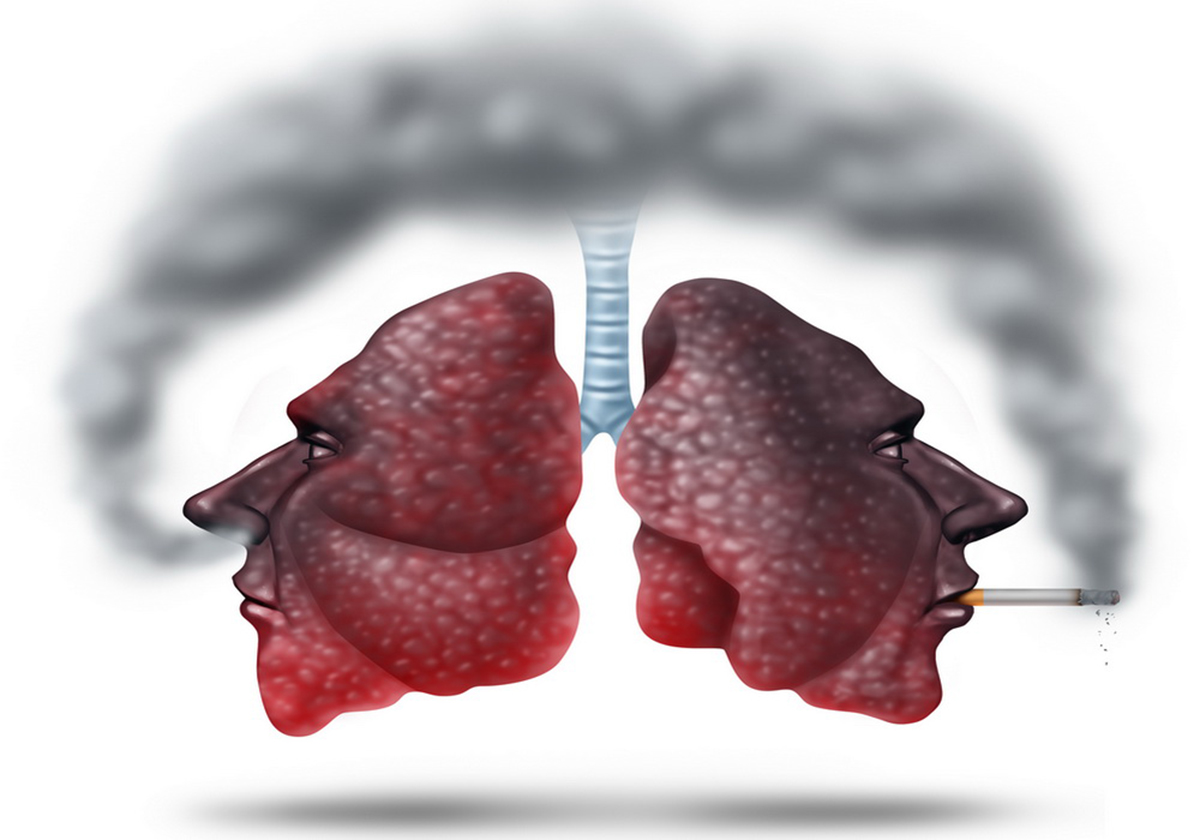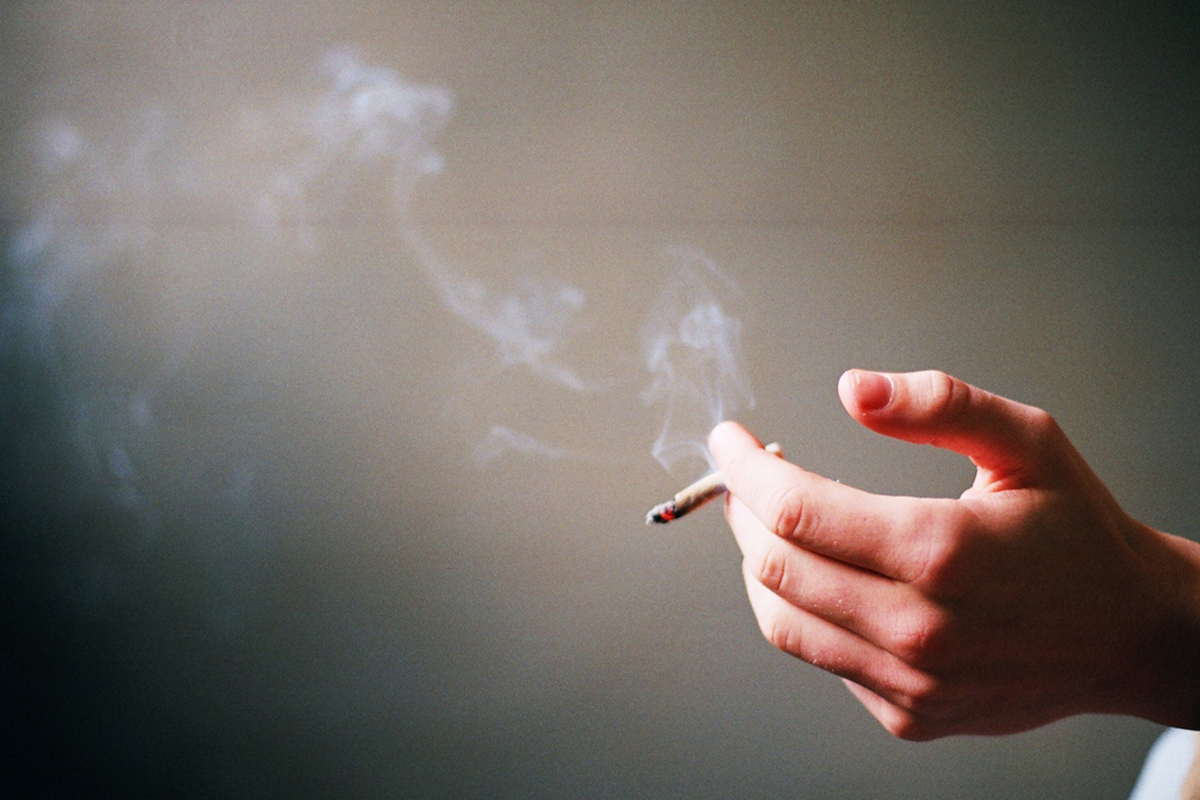Most of us already know about the dangers of smoking and inhaling second-hand smoke. Not so many are also aware that scientific findings have revealed that we are not safe from carcinogens coming from tobacco just because we do not inhale visible smoke directly.
Scientists have found that residual nicotine, as well as other chemicals, left on various surfaces long after cigarette smoke has been cleared from the air, consists of third-hand smoke. This mixture of toxic chemicals continues to float in the air, cling to clothes, hair, carpets, furniture and most surfaces, and pose a threat to health even when the smoker has left the room.

What Is Third-Hand Smoke?
Third-hand smoke is a potential health hazard to children, spouses, workers, and other people who are exposed to the residues where tobacco smoking has occurred or is being allowed. This includes public places like restaurants and hotels, vehicles, abandoned apartments, children's bedrooms, and other places which were once used or is still being used by smokers. One also inhales third-hand smoke when a smoker enters an elevator and people around him smell nicotine fuming from his hair and clothes. The worst thing is that even if a contaminated room is cleaned, vacuumed, aired out, or repainted, chemical residues still remain on surfaces and everyone who is exposed to these substances is still at potential risk for health problems.
Third-hand smoke represents a third and little known way in which people can be exposed to nicotine and other chemicals contained in cigarettes, even when they do not smoke themselves and take extraordinary care to leave the room when a smoker lights up. One study, published in the Environmental Science & Technology journal, showed that cigarette residues can interact with dust, ozone and other indoor air pollutants and form airborne particles to be inhaled again. The researchers also found that low humidity levels increase one's risk for exposure to these particles while high levels of humidity may be protective against the effects of third-hand smoke.
Read More: 10 Effects of Secondhand Smoke
Researchers from Mass General Hospital for Children in Boston who first coined the term “third-hand smoke” in a 2009 study interviewed about 1,500 US households and found that most smokers and non-smokers were aware of the dangers of second-hand smoke but not third-hand smoke. The survey showed that although most people are aware that smoking and inhaling second-hand smoke can harm one's health, not many people know that they may still be exposed to the dangers of third-hand smoke long after the smoke dissipates from the air, even if nobody is consciously aware that smoking ever took place in the space. Furthermore, few people know that these environmental toxins are not only inhaled, they may also enter the skin or be ingested through contaminated hands.
The dangers of smoking and second-hand smoke have been documented in many studies, linking these two types of nicotine exposure to several diseases including various types of cancer, cardiovascular disease, stroke, and other conditions. However, although initial studies suggest that chemicals that persist in indoor air from secondhand smoke may be harmful, solid evidence linking third-hand smoke to specific diseases are still lacking. It is nevertheless worthwhile to consider some points about existing data, which may help us look deeper into whether or not we should worry about third-hand smoke.
Why Worry About THS?
The concept of third-hand smoke is relatively new and researchers are still looking for more evidence on its possible dangers. More than 30 years ago, complete bans on indoor smoking in public places started to be enforced after clear evidence proved that cigarette smoke is dangerous even to non-smokers, with a goal of protecting public health and reducing the number of smokers in the general population.

In one study, investigators compared the effects of exposing mice to two types of environments: one, wherein typical household items were previously exposed to second-hand smoke (representing THS), and another, wherein the environment did not receive second-hand smoke (control). Both environments were well-ventilated to simulate normal household environments of smokers and non-smokers. After six months of exposure, the results showed that animals which were exposed to THS excreted increased levels of NNAL, a cancer-causing (carcinogenic) substance specific to tobacco, which was comparable to the levels found in children whose parent/s smoked. The scientists observed that THS-exposed mice were hyperactive and showed signs of liver, lung and skin reactions, which were not observed in the control mice.
Another study published in Mutagenesis found that the concentration of toxic compounds on surfaces that have been exposed to second-hand smoke increased with chronic exposure. When these toxic compounds were allowed to interact with human cells in a laboratory for 24 hours, destructive changes in the cells' DNA (the genetic material) were observed. The authors concluded that third-hand smoke can damage a person's DNA (genotoxic) and may lead to the development of cancer and other diseases in the future, specially with prolonged exposure.
Doctors, abd especially pediatricians are now concerned that children, especially infants and small children, are at an increased risk from the effects of THS compared to adults because of their greater exposure to house dust, which can stick to their skin and be ingested from their fingers as they crawl and play around the house. Residues of nicotine, the major chemical found in tobacco, can react with indoor air pollutants, ozone, or nitrous acid to form tobacco-specific nitrosamines (TSNA), which are carcinogenic. Furthermore, researchers at the Los Angeles Biomedical Research Institute at Harbor-UCLA Medical Center found that even prenatal exposure to TSNAs and other toxins from THS can disrupt the development of the lungs in rats.
Read More: Quit Smoking on Great American Smoke Out Day
What We Can Do
The growing amount of evidence suggesting that THS is something to be taken seriously has led some employers to impose a total ban on smoking during workdays, not only indoors, but anywhere.
There are many resources for chronic smokers who want to quit smoking but do not know how to start or remain smoke-free. You can talk to your doctor about getting help to quit smoking. The internet is a rich source of information and references for organizations that can guide you through the process. Free smoking cessation apps are also available for mobile devices and these can help you keep track of your progress daily. The best way to achieve your goal is to use a combination of self-help resources, medical advice, individual and group counseling to protect not only your own health but also of your loved ones and other people around you.
- Martins-Green M, Adhami N, Frankos M, et al. Cigarette Smoke Toxins Deposited on Surfaces: Implications for Human Health. PLOS One. http://www.plosone.org/article/info%3Adoi%2F10.1371%2Fjournal.pone.0086391
- DOE/Lawrence Berkeley National Laboratory. Carcinogens form from third-hand smoke. ScienceDaily. ScienceDaily, 9 February 2010. http://www.sciencedaily.com/releases/2010/02/100208154651.htm
- WebMD. Risks of Thirdhand Cigarette Smoke Can Linger. http://www.webmd.com/smoking-cessation/news/20110113/risks-of-thirdhand-cigarette-smoke-can-linger
- Hang B, Sarker A, Havel C, et al. Thirdhand smoke causes DNA damage in human cells. Mutagenesis, 2013. http://mutage.oxfordjournals.org/content/early/2013/03/04/mutage.get013.abstract
- Huffington Post. Your Nose Knows: The Invisible Threat of 'Thirdhand Smoke.' http://www.huffingtonpost.com/2011/08/26/thirdhand-smoke-smoking-risks_n_938241.html
- Photo by shutterstock.com
- Photo courtesy of Kristaps Bergfelds by Flickr : www.flickr.com/photos/narciss/4019482132/
- www.huffingtonpost.com
- mutage.oxfordjournals.org
- www.webmd.com
- www.sciencedaily.com
- www.plosone.org


Your thoughts on this